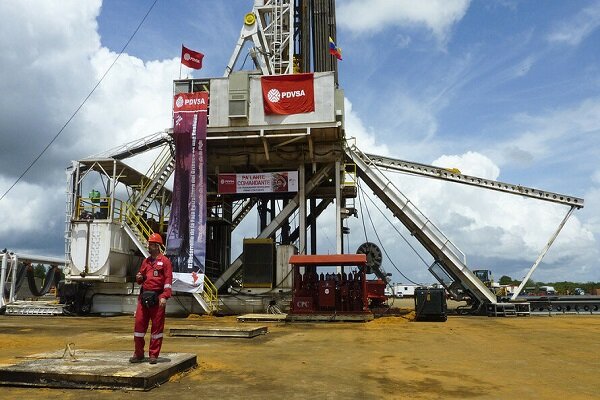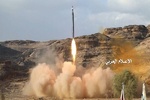Despite the Q1 in which fears about weakening global oil demand was envisioning a gloomy future for the market, it seems that the Q2 is starting off on the right foot. Several factors went hand in hand to make the traders believe that the market is not going to be that oversupplied after all, at least not in the near future.
Libya
In Libya, the escalating conflicts between the UAE-supported General Khalifa Haftar who has held the country's east, and the United Nations-recognized government in the capital of Tripoli is threatening to disrupt supply from the OPEC member.
The two sides have gone through several rounds of talks, however as Reuters reported, on Thursday commander Haftar ordered his troops to march on Tripoli, escalating the conflict between the two sides.
Venezuela
Crude futures also received a boost from news of US hitting Venezuela with new sanctions. The US Vice President Mike Pence announced on Friday that the United States will add 34 PDVSA owned or operated vessels to the sanctions list.
Venezuelan state-owned oil company PDVSA expects its crude upgraders to operate well below capacity this month, according to industry sources and documents seen by Reuters.
US-China trade talks
The hopes are also growing over the US -China trade talks reaching some closure. According to White House adviser Larry Kudlow , US and Chinese officials will continue the negations next week by video conference as they try to reach a deal to resolve the trade war.
On Friday multiple sources quoted President Trump as saying that the US has found agreement on some of the toughest points in trade talks with China.
The Chinese have also echoed the optimism, with President Xi Jinping touting substantial progress, according to the Chinese state news agency Xinhua.
The two sides have been in talks since December trying to end a trade war that is hurting the global economy.
OPEC production
An S&P Global Platts survey on Friday showed that OPEC output in March was down 570,000 bpd from its February output level, an indication that the cartel’s efforts in implementing production cuts are paying off well.
As reported, the 14-member group produced 30.23 million bpd in the mentioned month, the lowest in more than four years, with Venezuela contributing most to the decline.
As the cut deal frontier, Saudi Arabia cut its production by 280,000 bpd in March to 9.87 million which is the kingdom's lowest since February 2017.
In December 2018, OPEC and non-OPEC allies agreed to cut 1.2 million bpd in supplies through June, and the group is said to be willing to see the deal extended when they meet June 25-26 in Vienna.
With all that said, it seems that the traders are getting more and more optimistic about the future of the oil prices. However the temporary nature of most of the above mentioned factors should not be taken for granted.
Many believe that the conflicts in Libya would settle down soon and they won’t affect the country’s oil output as they are not currently doing so.
As for the US –China trade war, despite all the handshakes and smiley faces, “there are still many pressing issues to be discussed.”
In Venezuela, despite all the blackouts and US pressures, the country was able to maintain relatively steady crude exports in March by drawing from storage, and this pattern could continue for few more months.
The increase in the number of US oil rigs is yet another factor that the traders should be monitoring closely, since this week, the US energy companies added 15 new rigs for first time in seven weeks.






















Your Comment